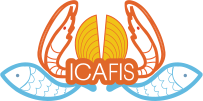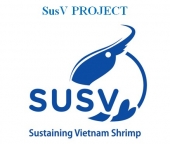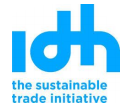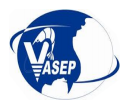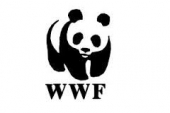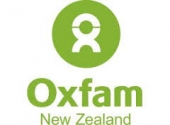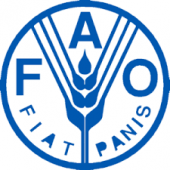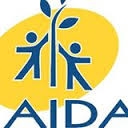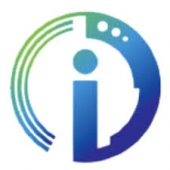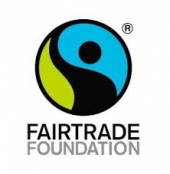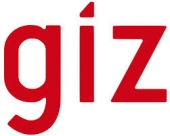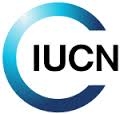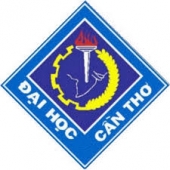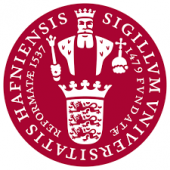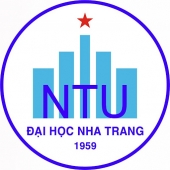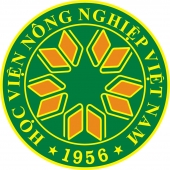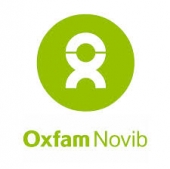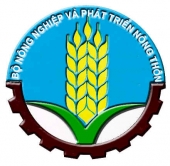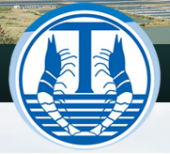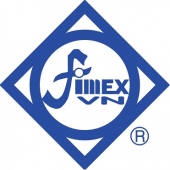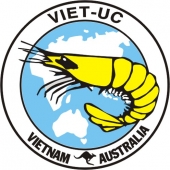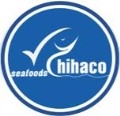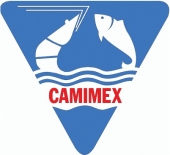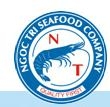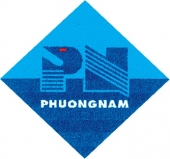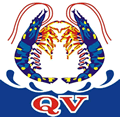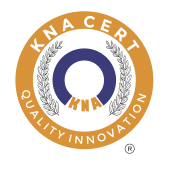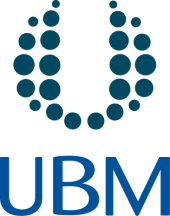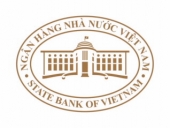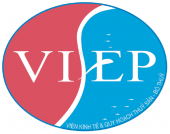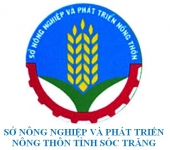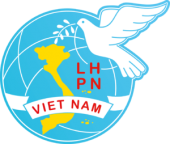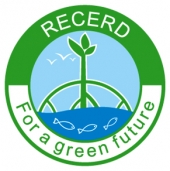According to the trade statistic of Vietnam Association of Seafood Exporters and Producers (VASEP) in 2010, Vietnam exported nearly 241.000 metric tons of shrimp, worth US$ 2.106, up 13.4% in volume and 24.1% in value compared to 2009. The major markets of Vietnamese shrimp are Japan, United States, European Union and South Korea. Shrimp farming plays an important role in the national economy and providing livelihoods for hundreds of thousands of small-scale farmers. About the area of shrimp farming, the area of black tiger shrimp in the Mekong Delta River reaches 564,845 ha, accounting for 92 % of the country's total production of 309,275 metric tons.
While the fast growth of shrimp farming has been bringing positive economic outcomes, with the exception of disease outbreaks which have sometimes caused considerable losses, it also raised concerns about potential negative social and environmental impacts. In fact, shrimp farming has sometimes been acused of negative impacts associated with habitat conversio, nutrients and organic matter discharge; chemical and medicine use and discharge, disease transmission to wild populations, salinization of agriculture land and the introduction of non-native shrimp species.
With the purpose of mitigating the impacts of shrimp farming and moving towards sustainability, the Shrimp Aquaculture Dialogue (ShAD) was created to develop standards for responsible shrimp production. When finalized, the standards will be given to the Aquaculture Stewardship Council (ASC), which will coordinate the process of certification of farms.
A key question when implementing voluntary standard such as the ones developed by the ShAD is "How much does compliance with shrimp certification standards cost"? This questions is especially important for small-scale shrimp farmers, whose profits are already limited by the challenges they face.
For this reason, in 2009 the World Wildlife Fund (WWF) Denmark and Vietnam, with support of Danida, initiated the project "Promoting certification and Better Management Practices among small-scale shrimps in Vietnam" to help small-scale producers to comply with the standards. As part of this project, the International Collaborating Centre for Aquaculture & Fisheries Sustainability (ICAFIS) was contracted to assess the cost of compliance to the draft standards, with the objective of identifying the most costly standards so that advice can be provided to the ShAD as to reduce the cost of compliance while not compromising the quality of the standards.
The assessments of the cost of compliance was conducted in the Mekong delta of Vietnam and more specifically in Soc Trang province. The assessment was conducted on a cooperative of small-scale farmers who were considered among the most innovative farmers involved in the project. To conduct the assessment a team was assembled and includes staff of Can Tho University (CTU), Center of Biodiversity Development (CBD), Research Institute for Aquaculture N.2 (RIA.2), WWF Vietnam, Mekong Delta Development Institute (MDI), Sustainable Fisheries Partnership (SFP) and ICAFIS.
The costs were separated into: investment costs, including both physical investment and technical investment (e.g. training); cost per crop, including all the costs associated with farming a crop (e.g. testing shrimp seed etc); cost per kg of shrimp produced, including the items related to the quantity of shrimp produced (e.g. in relation to feed use). A cost per year was also calculated using the above costs.
The initial investment required by the cooperative to comply with the standards was calculated to be about US$ 30,000, while the cost per year of almost US$ 34,000.

Considering that the cooperative produced a total of 16.17 metric tons, to compensate for the annual cost encountered to comply with the ShAD standards, the shrimp should face a price premium of 2.09 USD/kg! The most expensive principles are, in order, principle 5 ("manage shrimp health and welfare in a responsible manner"), principle 2 ("site farms in environmentally suitable locations while conserving biodiversity and important natural habitats") and principal 6 ("manage broodstock origin, stock selection and effects of stock management"), which required an investment above VND 150 mil (USD 7.500) each. In term of cost/year, the most costly principles are again principle 5, principle 2, followed by principle 7 ("Use resources in an environmentally efficient and responsible manner").
According to Dr Flavio Corsin, Director of ICAFIS, "This is the first detailed analysis of the costs to be experienced by small-scale farmers to comply with the ShAD standards. As such, this effort provides unique insight into the ability of small-scale farmers in Vietnam to comply with the ShAD standards".
In spite of the apparently high cost of compliance, shrimp buyers such as Nordic Seafood, currently working with WWF as part of this project, did not seems to be "scared away" by this information and repeated their commitment to buying responsibly produced shrimp.
This analysis was conducted using the latest draft of the standards. Since then, considerable efforts have been put by WWF and ICAFIS to make the standards increasingly applicable to small-scale producers without compromising the need to address the impacts of the sector. The next, and almost final, version of the standards is expected to be issued in October-November 2011. Complying with the new version is expected to be considerably less expensive. After a field testing period, during which the cost to small-scale producers will be assessed again, the standards will be finalized and are expected to be ready for certification in the second half of 2012.
